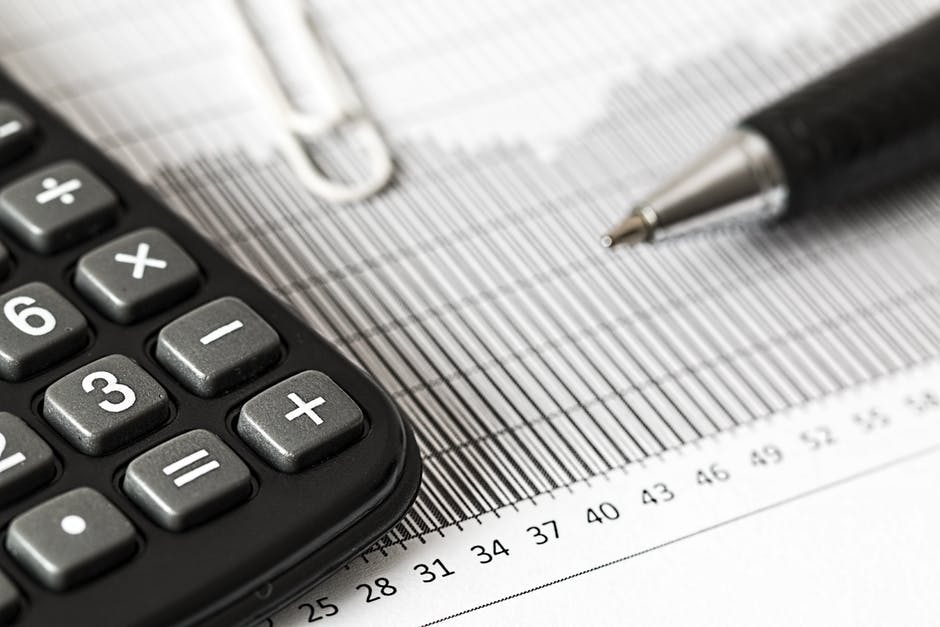Bitcoin vs. Economy 101

Every Intro to Macroeconomics course defines money and describes the functions, types, and characteristics of money. Large stone wheels, tea bricks, cheese, shells, dog teeth and countless other items have been used for money. The use of money leads to a more efficient allocation of resources and eliminates barter and the double-coincidence of wants. Almost all societies figured this out. The opportunity cost of finding someone with something you want, while at the same time having something they want, is very time-consuming. Finding someone with a BLT that also wants an economic lesson would be very inefficient. Money solves that problem.
How do Economists Define Money?
All the economics books start out with the 3 functions of money: medium of exchange, store of value and unit of account.
The most important function of money is the medium of exchange. Sellers accept it in exchange for goods and services. As stated previously, without money, societies must resort to barter.
Money must also be a store of value. If you sell something or provide your labor, you want to be able to save that purchasing power for later. Inflation or devaluation erodes money as a viable store of value.
The third function of money is the unit of account. Money must be able to provide a measurement to assess the value of goods and services. Essentially, it’s a yardstick to compare prices of goods and services and it provides a measurable signal in the constant shuffling of the allocation of resources.
Anything that provides those function will be a good money. Whether that is rectangular pieces of cotton paper, digits on a computer, large stone wheels or shells, if it functions as money, it is money.
Types of Money
Econ 101 also defines the different types of money. Usually, they focus on three types: commodity money, representative money, and fiat money.
Commodity money is money that also has value as a commodity. Cattle, cigarettes, and gems would be an example of this. Representative money is money backed by, or exchangeable for, a valuable item such as gold or silver. Tether being backed by the US dollar could be an example of this.
Fiat money is money that is created by government fiat, or order. It is a governmental decree that declares this form of money valuable without having any inherent, intrinsic value. Governments usually make this type of money the only way to pay your taxes. This obviously gives it some important utility and a reason for us to accept this seemingly absurd order.
Finally, economists have narrowed down a few characteristics that make for a good money: Durability, portability, divisibility, stability in value, scarcity, acceptability.
Putting Bitcoin to the Test
Let’s create a simple assessment rubric and put bitcoin to the test. We can gauge it on a 30 point scale with 10 points for each category: functions, type, and characteristics.
Functions – Not many people accept bitcoin as a medium of exchange. Recent headlines have stated that a few big-name businesses have stopped accepting it. More research would be needed to quantify the rate of change in world acceptability. That being said, its current ease of convertibility to fiat should not be discounted. Essentially, one can use bitcoin anywhere that the Visa logo is accepted with debit cards that convert your bitcoin to fiat at the point of sale. This is not true in all countries.
On the store of value front, bitcoin is still extremely volatile. If you bought bitcoin after the Thanksgiving spike for $19,000, it has been a horrible store of value. If you bought bitcoin before 2017, it has been one of the greatest stores of value ever. But generally, extreme volatility is not a good trait when aiming to provide this function.
Bitcoin hasn’t been much of a unit of account, but you could argue that it is evolving into a type of unit of account to measure and buy other cryptocurrencies. Surely, some people have negotiated services, labor or goods solely with bitcoin being the yardstick but it’s still a relatively small number.
Score – 6 out of 10 for functions of money.
Characteristics– Bitcoin is extremely portable, perfectly divisible, durable and scare. It is a perfect money in those regards. But once again, bitcoin lacks stability and acceptability.
Score – 8 out of 10 for characteristics
Types of Money- The types of money serves as kind of a precedent for what has been money in the past. Essentially most money has been either commodity, representative or fiat money. Bitcoin is not a commodity, doesn’t represent anything valuable and is definitely not fiat. The only argument I see it that bitcoin represents all the computer, energy and manpower in the mining system that keeps the system honest. Since it’s so new, there is no precedent with this form of money. Crypto is a new type of money and surely future textbooks will include them. But as of now, it doesn’t fall into any classification of money types in Econ 101.
Score – 4 out of 10 for money type
Bitcoin scores a D-
According to this rubric, bitcoin scores an 18 out of 30 for money. This is 60%, a D-. The value of bitcoin today represents the collective analysis of all bitcoin market participants. One of the reasons it’s not 50,000 a coin now is because it’s unstable and lacks widespread acceptability. If bitcoin becomes more stable and more accepted, it can serve more of the utility that this type of money represents. Bitcoin needs to improve the stability and acceptability to service those markets. This is likely to happen. Other cryptos are right behind, trying to do it better, and many governments are actively trying to disrupt the acceptability function. It will be interesting to watch.
What grade would you give it?
Disclosure: I spend, invest and save with cryptocurrencies.
Article found on CCN.Com